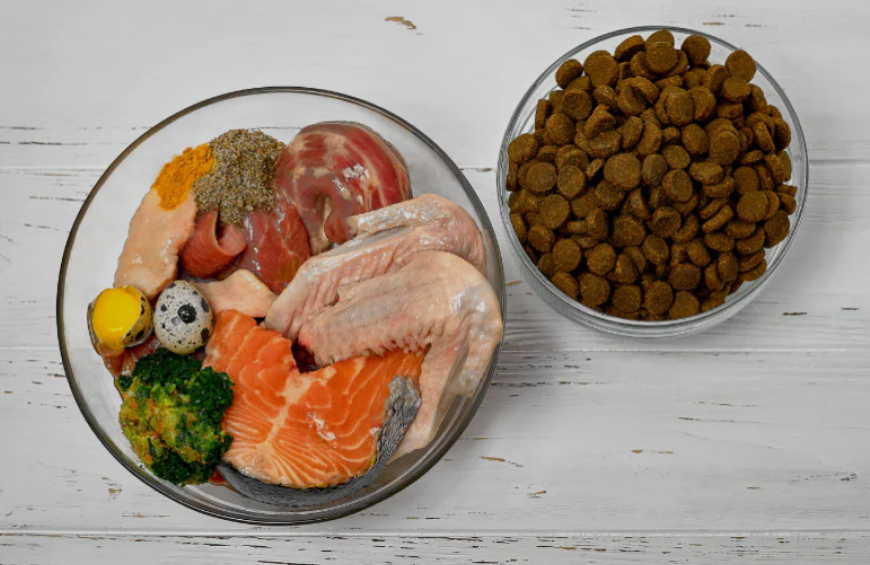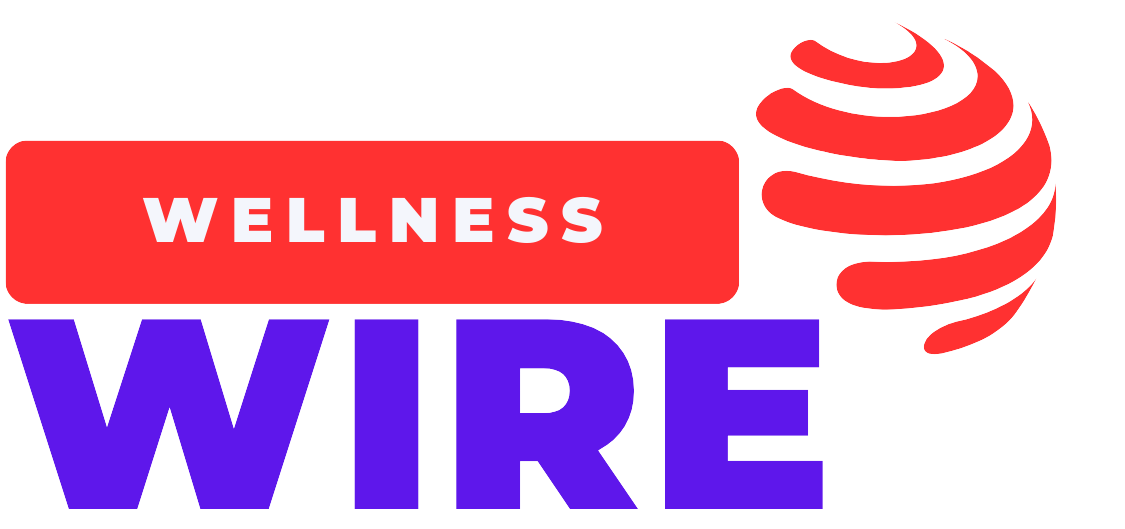Raw vs. Kibble: Which Diet is Best for Your Pet’s Health?
Wondering whether raw or kibble is better for your pet? Discover the pros and cons of each diet, including nutrition, cost, and safety, to make the best choice for your furry friend.

Choosing the right diet for your pet is one of the most important decisions you’ll make as a pet owner. With so many options available, it’s easy to get overwhelmed—especially when it comes to the raw food vs. kibble debate.
While kibble is the most common choice due to convenience and affordability, raw feeding has gained popularity among pet owners who want a more natural, species-appropriate diet for their furry friends. But which one is truly healthier?
In this article, we’ll break down the benefits, risks, and key differences between raw and kibble diets, so you can make the best choice for your pet’s health and well-being.
What is a Raw Diet?
A raw diet, often referred to as BARF (Biologically Appropriate Raw Food), consists of:
✅ Raw meat (chicken, beef, turkey, lamb, etc.)
✅ Raw bones (for calcium and dental health)
✅ Organ meats (liver, kidney, heart, etc.)
✅ Vegetables & fruits (for fiber and nutrients)
✅ Eggs, fish, and natural supplements (for added vitamins)
Advocates of raw feeding argue that it mimics what animals eat in the wild, providing a more natural, nutrient-rich diet without artificial additives.
What is Kibble?
Kibble is dry pet food made through a process called extrusion, where ingredients are cooked at high temperatures and then formed into pellets. It typically contains:
✅ Meat by-products or protein sources (chicken, beef, fish, lamb, etc.)
✅ Grains & carbohydrates (corn, rice, barley, etc.)
✅ Vitamins & minerals (added for balanced nutrition)
✅ Preservatives & additives (to enhance shelf life and taste)
Supporters of kibble feeding appreciate its convenience, affordability, and balanced nutrition, as most commercial brands meet AAFCO (Association of American Feed Control Officials) standards.
Comparing Raw vs. Kibble: Pros & Cons
1. Nutritional Value
✅ Raw Diet:
- High in natural protein & essential fatty acids
- Rich in enzymes & live probiotics for better digestion
- Free from artificial additives and fillers
❌ Kibble:
- Often high in carbohydrates, which pets don’t need in large amounts
- May contain processed ingredients & preservatives
- Some lower-quality brands use meat by-products instead of real meat
???? Winner: Raw diets are generally more nutrient-dense than kibble, but high-quality kibble brands can still provide balanced nutrition.
2. Digestibility & Gut Health
✅ Raw Diet:
- Easier to digest since it’s minimally processed
- Supports healthy gut bacteria with natural probiotics
- Less bloating and fewer digestive issues
❌ Kibble:
- High-carb content can lead to gut inflammation
- Cooking process destroys natural enzymes, requiring synthetic supplements
- Some dogs experience allergies or sensitivities to fillers like corn and soy
???? Winner: Raw diets tend to be easier on digestion, but grain-free and high-protein kibble options can still be beneficial for pets with sensitive stomachs.
3. Dental Health
✅ Raw Diet:
- Raw bones help clean teeth naturally, reducing plaque buildup
- Encourages chewing, which strengthens jaw muscles
❌ Kibble:
- Some kibble brands promote dental health, but many do not effectively clean teeth
- Dry food can leave residue on teeth, leading to tartar buildup
???? Winner: Raw feeding is better for dental hygiene, but you can supplement kibble diets with chew toys or dental treats.
4. Convenience & Cost
❌ Raw Diet:
- Requires meal prep & careful storage to prevent contamination
- Can be expensive, especially if buying high-quality meats
- Requires freezer space for storage
✅ Kibble:
- Easy to store & serve
- Generally more affordable than raw feeding
- Long shelf life and widely available
???? Winner: Kibble wins in terms of convenience and cost, making it the preferred choice for busy pet owners.
5. Safety & Risks
❌ Raw Diet Risks:
- Bacterial contamination (Salmonella, E. coli) if not handled properly
- Risk of nutrient imbalances if not formulated correctly
- Choking hazards from raw bones
❌ Kibble Risks:
- Some brands have questionable ingredients and fillers
- Storage mites & mold can develop in improperly stored kibble
- Lower-quality brands may contain harmful preservatives
???? Winner: Neither diet is 100% risk-free. Proper handling and high-quality sourcing are key to keeping your pet safe.
Which Diet is Best for Your Pet?
The best diet depends on your pet’s needs, your lifestyle, and your budget. Here’s a quick guide:
???? Choose Raw If:
✔️ Your pet has food allergies or sensitivities
✔️ You can dedicate time & budget for meal prep
✔️ You want to mimic a natural, ancestral diet
???? Choose Kibble If:
✔️ You need convenience & affordability
✔️ You prefer a vet-approved balanced diet
✔️ You travel often and need a longer shelf life
???? Compromise: You can also try a hybrid diet—feeding raw in the morning and kibble at night—to get the benefits of both!
Final Thoughts
Both raw and kibble diets have their advantages and disadvantages. What matters most is choosing high-quality ingredients that meet your pet’s nutritional needs.
✅ Raw diets provide better digestion, fewer allergies, and healthier coats but require more effort and cost.
✅ Kibble diets offer convenience and affordability but can contain fillers and artificial additives.
Before switching your pet’s diet, always consult your veterinarian to ensure a safe and balanced transition.
???? Which diet do you prefer for your pet—raw or kibble? Let us know in the comments!
What's Your Reaction?
 Like
0
Like
0
 Dislike
0
Dislike
0
 Love
0
Love
0
 Funny
0
Funny
0
 Angry
0
Angry
0
 Sad
0
Sad
0
 Wow
0
Wow
0



















































